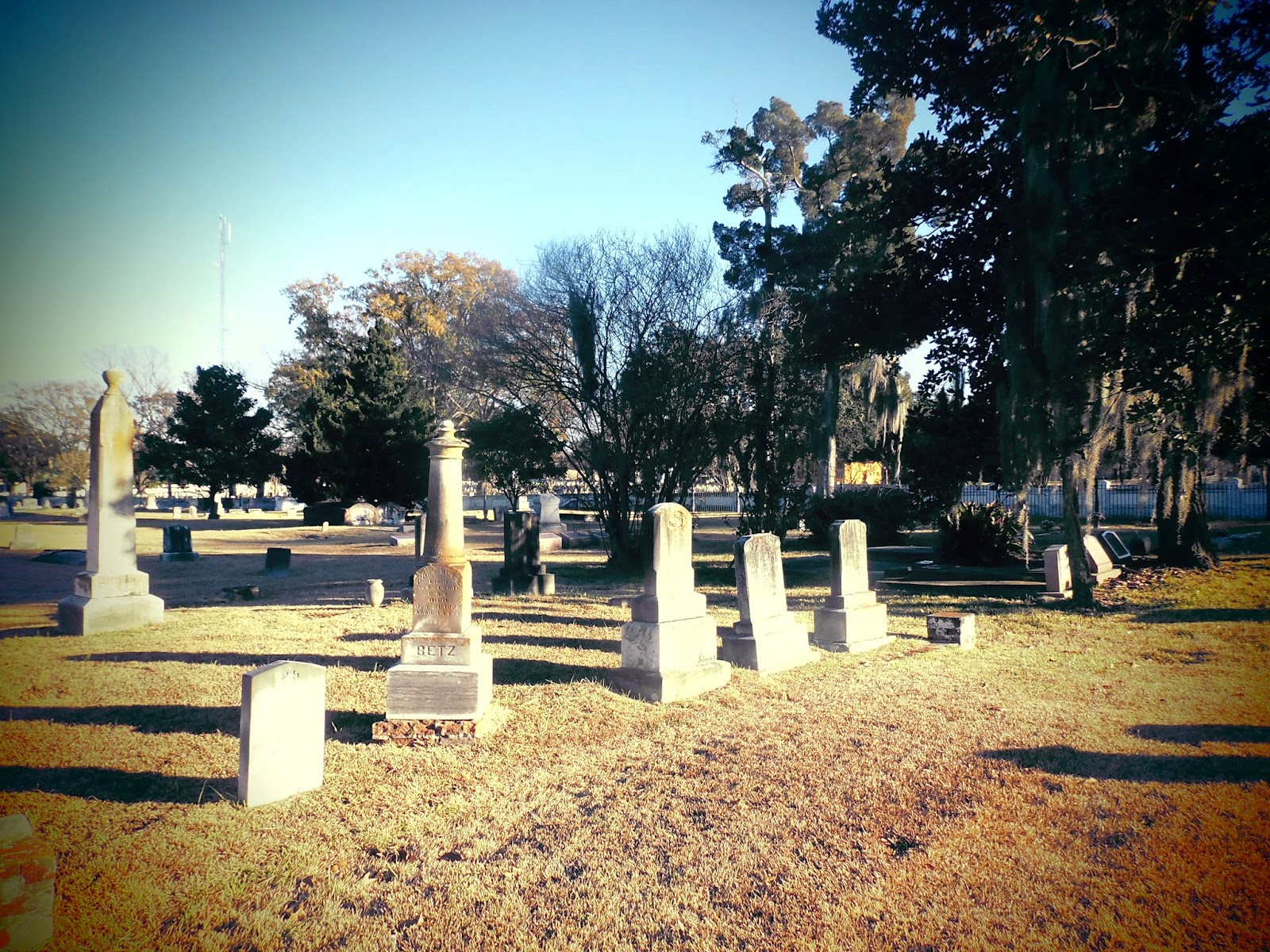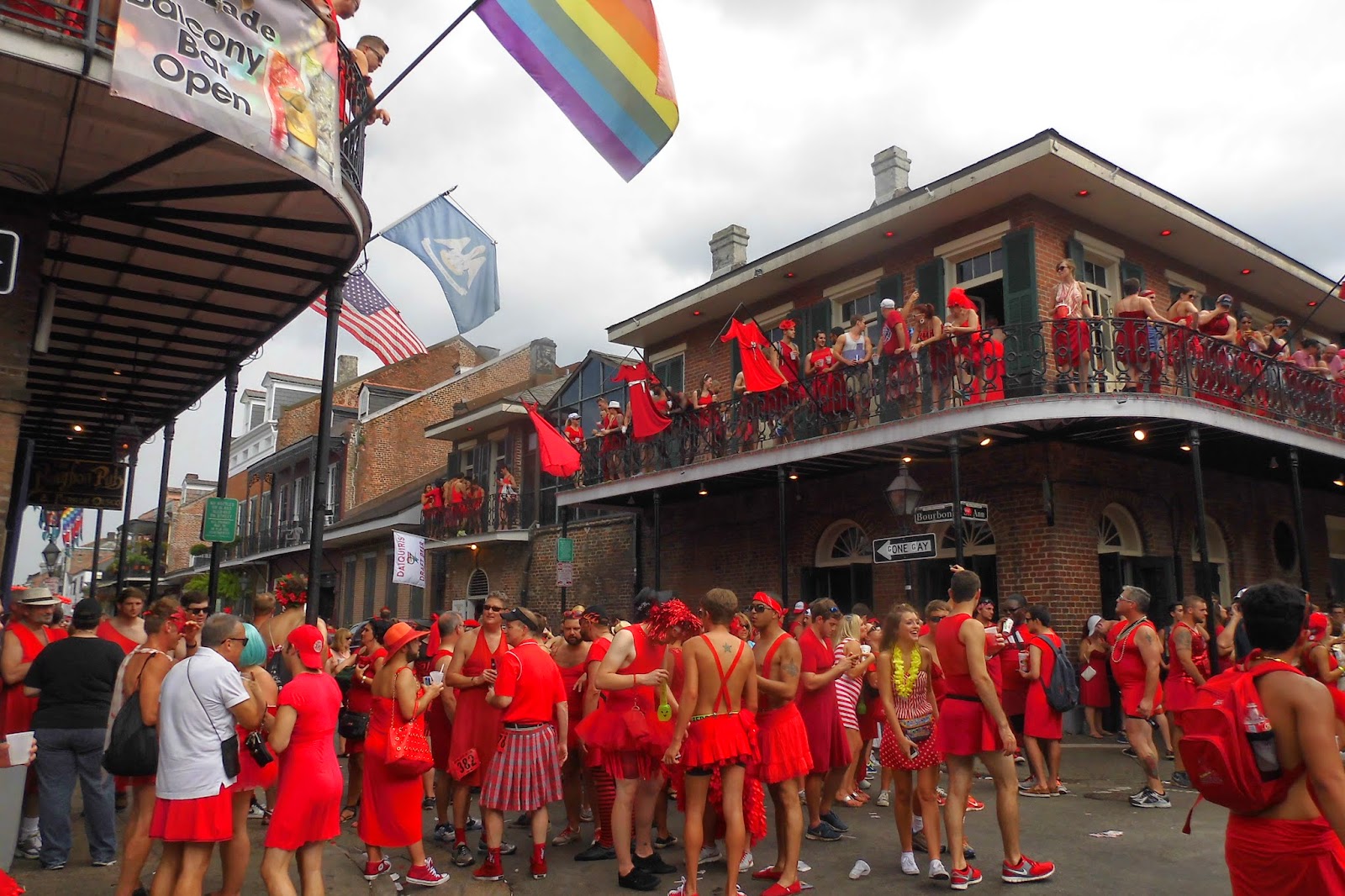Grand canyon, the inescapable destination of our road trip. We've all heard about it and seen so many stunning pictures. As a result I had almost anticipated a deception. But no, it did not disappoint. The first few seconds when you approach the cliff for the first time are truly breathtaking.
We had made sure we arrived about two hours before sunset because that's when the light is the most beautiful. During these few hours we went from a vista point to another on Hermit Road, to the west of the park. A free shuttle takes you to each of them. You can get in and out of the shuttle as you please, or, if you have time, walk along the path that follows the cliff and links every vista point to one another.

After one or two stops, we ended up waiting for the sunset at Hopi Point. Of course we were not alone. If your thing is to be alone in the nature, it's not necessarily the best place to catch the sunset... That time of the day is very popular for visitors and photographers, and we were in the middle of quite a crowd. Of course it's more than likely the same thing everywhere anyway... In the end I don't really understand all the hustle and bustle about not missing the sunset. All those people are massed in the same spot to capture those few seconds. Though the best time is the few HOURS before the sun disappears behind the horizon, when it makes hues of orange all over the rocks, really not the last few minutes. Plus you freeze your ass off afterwards. (We were there late April) Just saying.

Once it was dark outside, we went back a few kilometers south of the park entrance, in Tusayan, where we had booked the hotel. By the way, another drawback to waiting till the sunset before to leave is that obviously you are not alone trying to get back in the shuttle... It's kind of a pain... Anyway, we were staying in Tusayan because there was nothing available inside the park even when we booked online about a month before. The town has no merit, just a few hotels and a few unappealing places to eat. Though it really didn't matter much as we were there only to sleep.
The next day we got back on the road along East Rim Drive. Our first stop was Shoshone Point. This vista point is not indicated on the road, but was in our tourist guide book. So you got to look for it a little bit... It's also less convenient for some people because you have to walk a little less than a mile to reach the cliff. That seems to discourage most tourists. It made it only better for us. We arrived there in the morning, alone in front of this spectacular landscape, and I think it was my favorite!


Our second stop was at GrandView point. It's the departure point of a hiking trail which goes all the way down the canyon and goes back up on the other side on the north cliff. You have to plan two days for that, with a night at the camp in the bottom of the canyon. We hadn't planned that long hike in our trip, but we walked down the trail a little bit just to get a taste. The trail is very steep and narrow, and personally, I think you might want to stay away if you're scared of heights! Well, maybe I'm a bit wimpish... It's actually not the scariest one at all but I will get to that in a future post. Narrowness and steepness are not even the most dangerous aspect of that hike. The most common accidents are caused by lack of hydration, and it is reminded to you everywhere on boards where the trail begins. Warnings are illustrated with not too funny stories of fatal accidents.
Finally, Desert View Watchtower, the last vista point before to exit the park on the East side. Out of the few places we stopped at, this one was the only one where we caught sight of the Colorado river at the bottom of the canyon. Practical point: there is also a gift shop and a little cafeteria.

We ended up exiting the park in the early afternoon in direction of Page. A few weeks earlier, Highway 89 collapsed, cutting off the city from the south. We had no choice but taking a detour through Highway 160 and 98, which doubled the normal distance. Not so cool. However, on the road, just before Tuba City, a stop to an Indian site tempted us. A road sign showed we could see dinosaurs fossils and footprints. Upon arrival on the parking lot, you will notice there is no price indication. They will show you where to park, escort you outside your car with some enthusiastic "this way, this way!", they will tell you to leave your camera in your car as pictures are forbidden. Before you even had the time to say anything, they will start guiding you from fossils to footprint (to be fair, that was pretty cool). Then, after 5-10 minutes, they will walk you back to the parking lot asking you for money and trying to force your hand to buy the local merchandise. It kinda feels like you fell in a big tourist trap. I wish a fixed price was given up front so you can at least judge if you want to be taken on the tour or not. But it must be said that Indians do their business as good as they can... It is not easy to compete when all their land has become National Parks and is now in the hands of the government... It was the first time I had seen such amazingly well preserved dinosaurs remains just here in the open, so I do not regret the stop. Too bad we have no pictures to share though!

















































